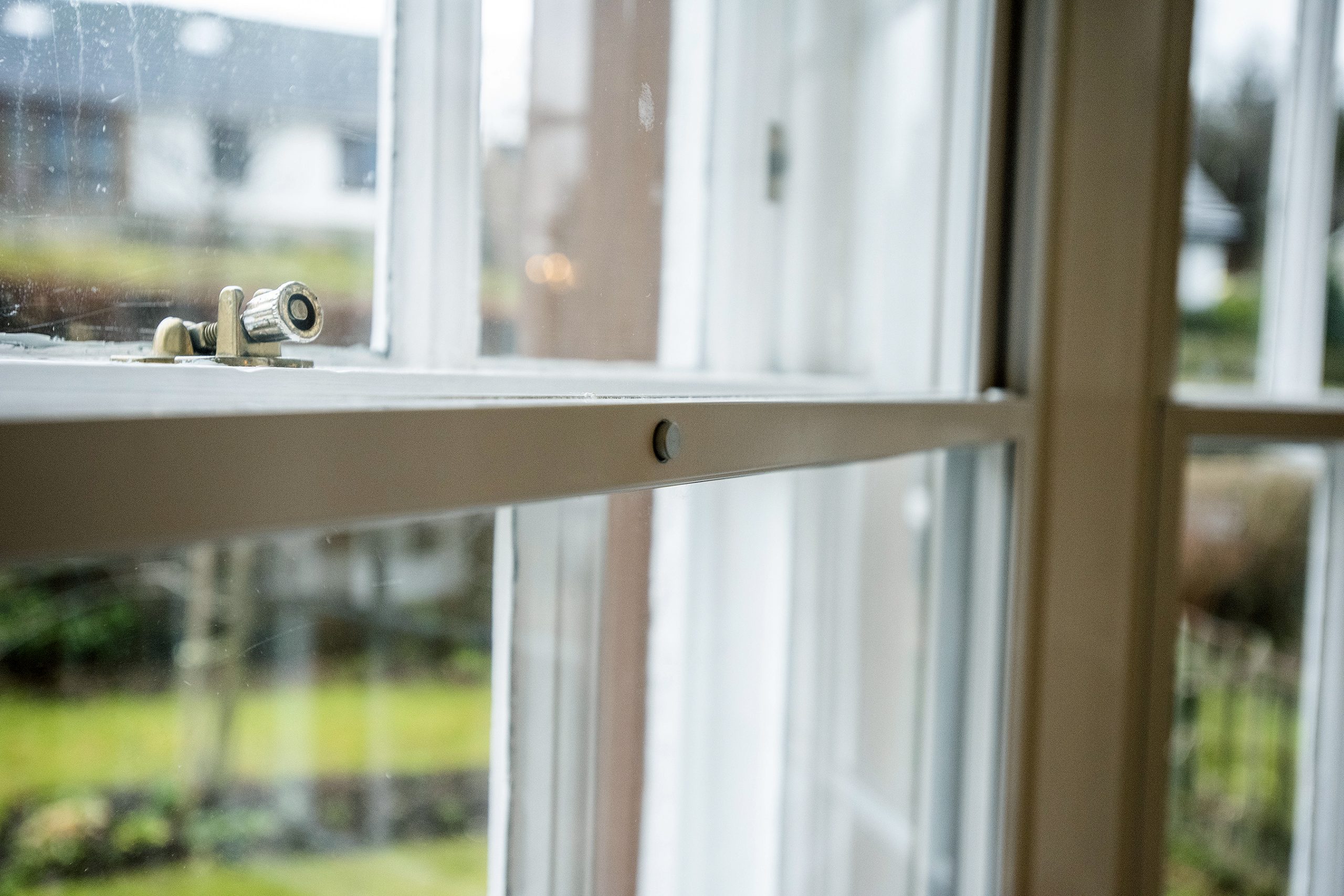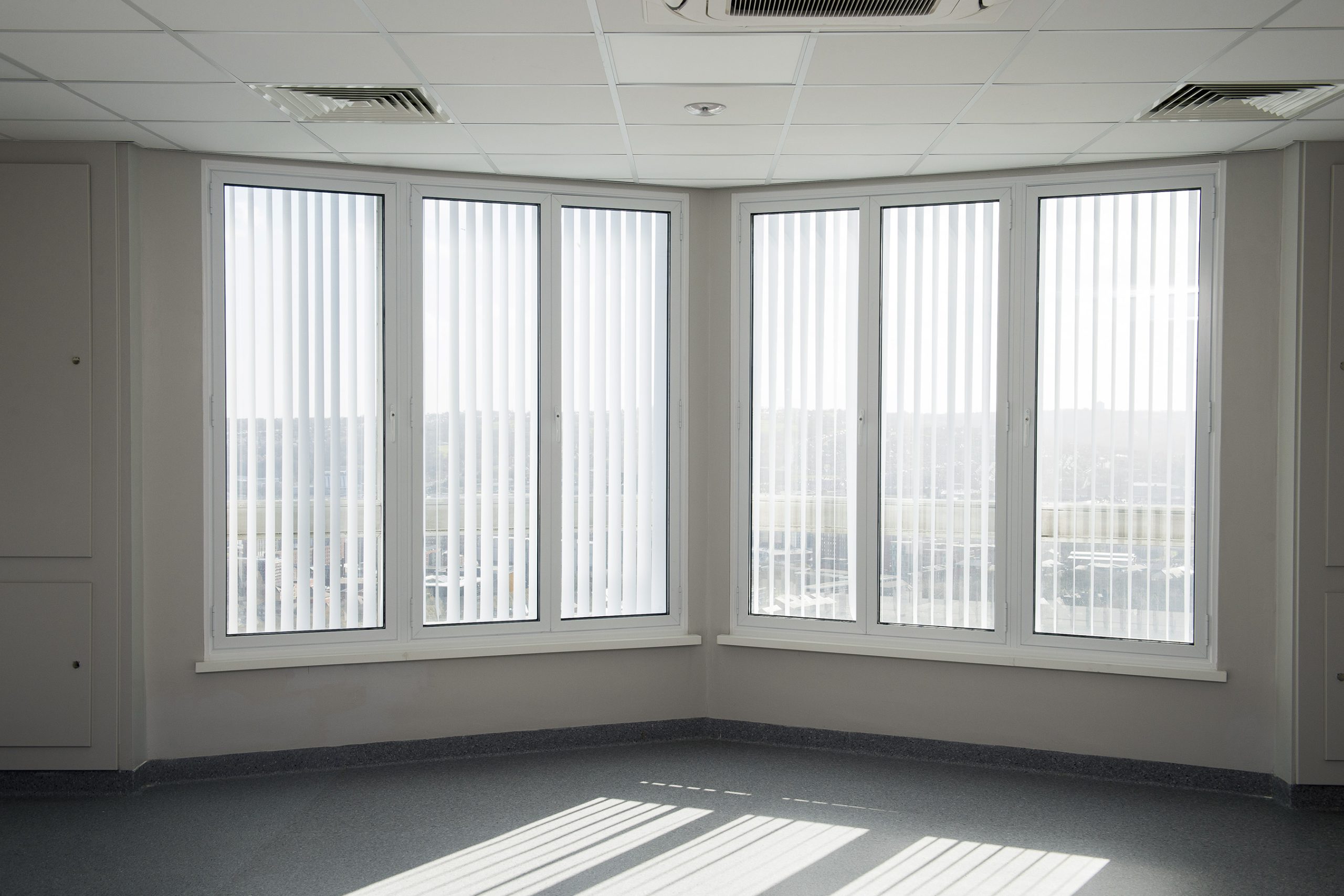Are you constantly topping up your meter? Scared of heating bills creeping up? Looking for alternatives to save money?
Well, let us help you decide if it’s worth getting secondary glazing in 2024. Continue reading to find out more.
We have answered the most asked questions on secondary glazing below. In this buyer guide, we’ll cover everything you need to know about secondary glazing.
What does secondary glazing do?
Secondary Glazing involves adding an extra layer of glass to your existing windows, creating a gap between the two panes that traps a layer of air. This air acts as an insulator, helping to keep heat in during the winter and out during the summer.
Benefits of secondary glazing
- Thermal Insulation – secondary glazing helps to improve the thermal performance of existing windows, reducing heat loss and improving energy efficiency, which can save homeowners money on heating bills over time.
- Stops condensation – secondary glazing can help to reduce or prevent condensation on windows.
- Easy access to original windows – you can easily clean and maintain your windows.
- Noise Reduction – As cities and urban areas continue to grow and become more densely populated, noise pollution is becoming an increasingly common concern for homeowners. Secondary glazing can help reduce outside noise, making homes quieter and more comfortable.
- No planning permission – You don’t need any permission to install secondary glazing. Find out more with the guide Historic Buildings.
How long does secondary glazing last?
The lifespan of secondary glazing will depend on the type of material used. For example, acrylic secondary glazing can last for up to 20 years if properly maintained. On the other hand, glass secondary glazing can last for much longer, up to 50 years or more. Proper maintenance and regular cleaning are key to extending the lifespan of secondary glazing.
Is secondary glazing safe?
Secondary glazing can provide an additional layer of security to a home and the plastic used for secondary glazing is generally considered safe and hygienic. It can also help prevent break-ins by making it more difficult for intruders to enter a home through a window. Additionally, acrylic plastic is often used for secondary glazing because it is lightweight, durable, and easy to clean. It is also considered safer than glass in some circumstances because it is less likely to shatter into dangerous pieces if broken.
Is secondary glazing suitable for all types of windows?
Secondary glazing can be installed on many types of windows, including casement, sash, bay, and tilt-and-turn windows. However, the suitability of secondary glazing for a specific type of window will depend on various factors, such as the size and shape of the window, the materials used in the window frame, and the desired outcomes of the installation. Find out more about secondary glazing products suitable for different types of windows.
Is secondary glazing worth it in 2024?
Yes, it is absolutely. With all the listed benefits and how secondary glazing could save you money in the long run, make sense as it’s a cost-effective way to save money on increasing bills. We Hope that our buyer guide for secondary glazing was helpful, if you have any further questions then call us today on 019094 99899 or fill in a Form online our experts will be in touch Asap.
Check out Our energy saving calculator, which will help with how much money our secondary glazing products could save you.




